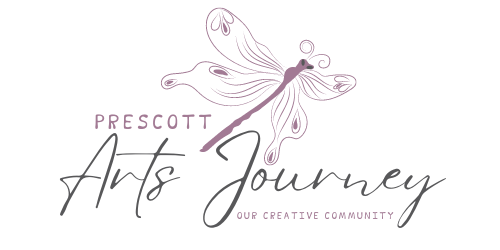Patty Willis

Artist Bio
Patty Christiena Willis co-founded a theater company in Japan that performed at international festivals, twice at the Edinburgh (Scotland) Festival Fringe, and on sacred Noh stages all over Japan. Her collaborative work with composer Mary Lou Prince includes the libretto for “Man From Magdalena,” a children’s musical “Frida’s Colores,” a film “Feast of Light,” theater works like “When the Woman Who Loved Insects Hid,” “Just Between the Three of Us,” and “Yugetsu” (recipient of a national award) and the lyrics for over sixty songs for choir, children’s choir and solo voice. Most recently, she wrote and has been performing “Midwife” from the diaries of her great great great grandmother who delivered 3,997 babies during her lifetime (1795-1893).
After twenty-four years in Japan, Patty returned to the United States and began studies in writing and pastoral ministry at Earlham School of Religion, a Quaker seminary in Indiana. She was the recipient of the 2010 Thomas Mullen Ministry of Writing Fellowship, for which she wrote “Dancing Bird’s Apprentice” about the intersections of her ancestor’s life with the indigenous peoples of the United States. Her youth novel, “Hoshi no Furu Mura,” is recommended reading by the Japanese National Library Association. At seminary, she completed her memoir of two decades in Japan entitled “A True Story of Bilingual Cats.” Two chapters from that book received the Bailey Prize for Literature. Performances of “Man from Magdalena,” a musical theater work about a healing incident on the U.S./Mexico border, has underwritten hundreds of microloans to small businesses and individuals in Mexico and Central America.
From 2012, she served a congregation in Salt Lake City in Utah and in 2019 began serving Granite Peak UU Congregation in Prescott, Arizona. She is now illustrating and editing a book of “Poems from Finisterre,” a work that will be published in autumn of 2022. She is planning an exhibit of the illustrations with poetry for the spring of 2023.
Artist Statement
Some of my earliest memories, from before I was two, are of sitting in the back seat of our family car, a book on my lap, and my imagination deep into the illustrations. Each image opened a world of possibility. My mother said that was how I entertained myself on the long car trips between Illinois, where I was born, and Wyoming the land of my grandparents. When I learned to read, my favorite book, The Birds of North America, was a great disappointment. In elementary school, I illustrated my stories of kings and queens and fairies with drawings. My painting stopped until I was introduced to brushes and ink in a calligraphy class my third year in Japan. I soon discovered that when I was out of ideas for the next scene of a play or chapter of a story, all I had to do was get out my brushes and inkstone and a blank sheet of paper. Soon, my brush moved into Chinese characters, that had become pictures after I studied their historical meaning or simple paintings. In 1995, when a play that I had written was published bilingually in Japanese and English, I rediscovered my illustrations and the publisher wanted to add them to the book. Since then, painting has become a spiritual practice, a place I return when I wonder where my writing is going or to illustrate a dream. I take out a piece of thick paper, my stick of fragrant Sumi, my inkstone and brushes, my Japanese gouache, and begin.
The illustrations from “The Village above the Stars” were inspired by the fourteen years my beloved and I spent in a village in the foothills of the Japanese Alps. We found the hundred-year-old farmhouse just before the plum rains set in and if we hadn’t, the beautiful building would have been lost. As we saved the house, we saved ourselves and became part of a village that had existed for over 400 years in that place, terraced rice fields like stepping stones down to the misty valley below. In a typhoon, when I had to replace the tarp on our house that was keeping out the rain, I looked to the west and caught a glimpse of the Japan Sea. The day we moved in, we took a gift to our neighbors. A grandmother met us at the door and when we told her we had bought the house next door, she took our hands and said, “A mysterious connection has brought you to this place. With all my heart, I give thanks.” The story had begun.
The publisher who took the story and pictures was at first concerned about the cost of printing the illustrations but when I received a galley print, he asked for 15 more illustrations. When the Japanese Library Association chose it for their recommended reading list, my beloved and I traveled around Japan telling the stories in Japanese with music on the koto or Japanese harp. One of the villagers said of the book, “This is our village.” Since we arrived in the United States twelve years ago, our village has been expanding as you can see in the illustrations here.













